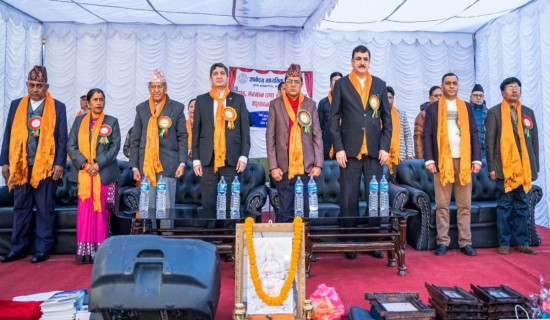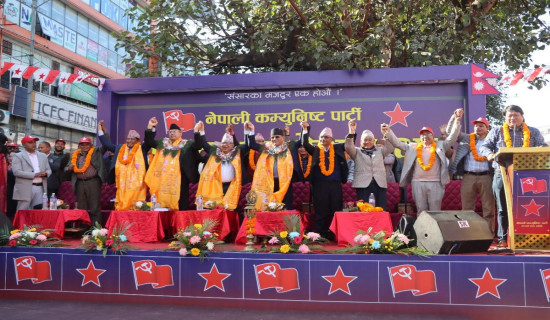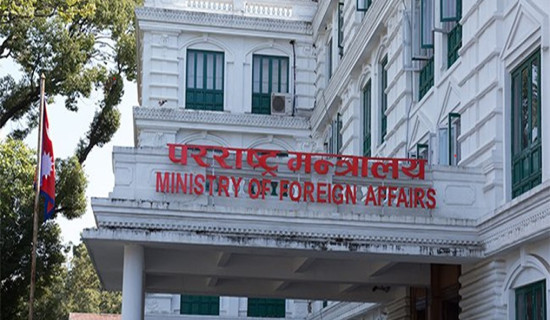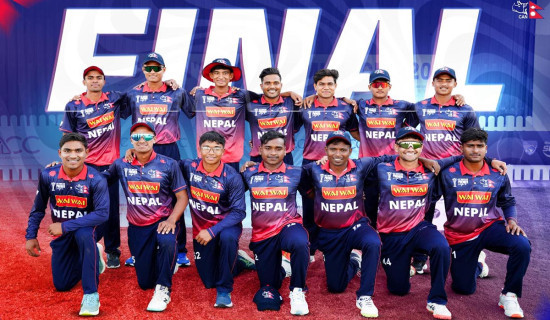- Monday, 1 December 2025
Tihar vibes permeate Nepalis at home and abroad
By A Staff Reporter
Kathmandu, Oct. 20: Tihar, the second largest festival of Nepalis, began on Sunday with Kaag Tihar, marked by feeding crows.
Tihar is best known for its vibrant decorations of flowers and lights. During this five-day festival, people express love and respect toward animals by worshipping them.
On the first day, crows were fed on Sunday. Crows are regarded as messengers of Yamaraj, the Hindu god of death and justice.
The 22nd Crow Conference was organised in front of the Narayanhiti Palace Museum gate in the capital on Sunday.
During the festival, people beautifully decorate their homes with flowers, electric lights and clay lamps.
Marigold and Globe Amaranth (Makhamali) flowers hold special significance during Tihar. According to the Nepal Floriculture Association (NFA), an estimated 4 million marigold garlands will be used this year. In total, around 4.6 million garlands are expected to be used, including 4 million marigold garlands, 550,000 Globe Amaranth (Makhamali) garlands, 20,000 Chrysanthemum (Godawari) garlands, and 50,000 mixed garlands.
To facilitate flower trading during the festival, Kathmandu Metropolitan City has designated 32 locations for flower sales.
In addition to flowers, clay lamps are in high demand. Markets are bustling with people buying and selling artistic, colourful, and traditional clay lamps of various shapes and sizes. Arjun Shrestha, a Janabahal-based businessman who has been in the pottery trade in Bhedasingh, this year has seen a shortage of oil-fed lamps compared to previous years.
“The demand increases significantly during Tihar as people illuminate their houses continuously for several nights,” Shrestha said.
On Monday morning, Kukur Tihar will be observed by worshipping dogs. Dogs are regarded as caretakers and are honoured in households.
In the evening, Laxmi Puja will be celebrated to worship the Hindu goddess of wealth, Laxmi, as part of the Deepawali festival. Devotees light oil-fed lamps and keep vigil throughout the night, believing that Goddess Laxmi visits homes during this time.
During Tihar, groups of boys and girls visit homes to perform Deusi-Bhailo, singing songs and playing musical instruments. Residents reward them with money and Selroti, a traditional Nepali sweet. Preparing Selroti is another significant part of Tihar, and even those who do not make it often try this traditional dish during the festival. The smell of freshly prepared Selroti fills households across the city.
Tuesday, October 21, is observed as the official Tihar holiday. There are no specific rituals on this day, according to the Nepal Calendar Determination and Development Committee (NCDDC).
Gai Puja, Goru Puja, Govardhan Puja, and Hali Puja are observed on October 22. Cows and oxen are worshipped with offerings of food and flowers. Mha Puja, the ritual of self-worship, is observed on Wednesday, the same day, and is an important tradition of the Newar community.
The NCDDC has stated that 11:39 am on November 23 has been identified as the most auspicious time for Bhai Tika.
The final day of Yamapanchak is celebrated as Bhai Tika, which brings brothers and sisters together. On this day, sisters apply a seven-coloured tika called Saptarangi Tika on their brothers’ foreheads, place Makhamali garlands around their necks, and offer fruits, sweets, and nuts. Sisters pray for their brothers’ longevity and success, while brothers give gifts to their sisters, including money, clothes, and other items.
The District Administration Office of Kathmandu Valley has requested that Deusi-Bhailo programmes be conducted in a disciplined and organised manner, and only until 9 pm. Meanwhile, the District Administrative Office of Bhaktapur has prohibited performing Deusi-Bhailo in public places.

.jpg)
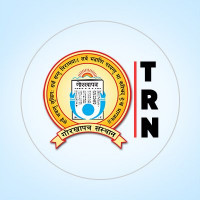


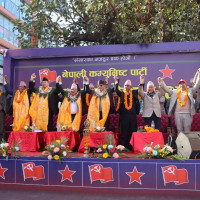
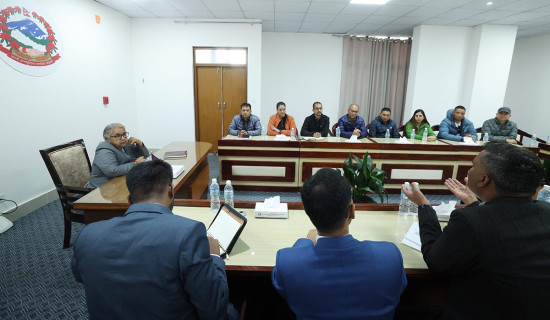
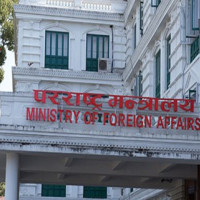
-square-thumb.jpg)

